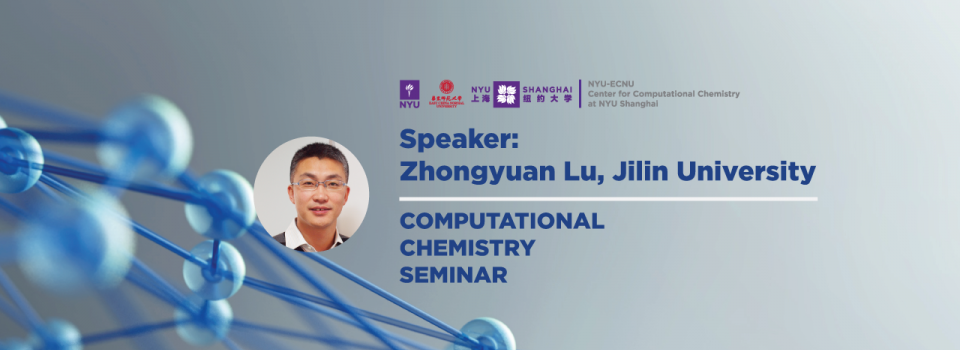
Due to large molecular size and slow relaxation of polymer chains, a great amount of issues related to long-distance chain displacement, such as phase separation and self-assembly, cannot be tackled easily with conventional molecular dynamic simulations. We need to use generic polymer models based on dissipative particle dynamics (DPD) to solve problems commonly encountered in polymer phase separation and self-assembly. A soft patchy particle model originated from DPD, which is suitable to describe "soft" particle formed by star-like polymers and dendrimers, has been proposed to study their self-assembly structures. A stochastic reaction model in DPD simulations has been used to cope with the problems related to the coupling between polymerization and chain diffusion. We have also developed a GPU-accelerated molecular simulation toolkit for use in coarse-grained simulations of polymer systems with several unique simulation tools implemented.
Biography
Dr. Zhongyuan Lu received his Ph.D. in 1999 from Jilin University, China, and stayed in Wuppertal University, Germany from 1999 to 2003 for a postdoc research. Dr. Zhongyuan Lu is now working as a Tang Au-Chin distinguished professor in Jilin University, China. His areas of expertise include the development of multiscale computer simulation methods and highly-optimized computation programs to study ordered structure formation and mechanical properties in soft condensed matters. He had developed versatile coarse-graining methods for use in polymer systems and proposed new simulations tools to bridge the gap between molecules and nanoparticles in the simulation study of their self-assembly. He had also taken in charge of the development of a GPU-accelerated large-scale molecular simulation toolkit (GALAMOST). Due to these scientific achievements, he was supported by the “Ten Thousand Talents Plan” of Chinese government in 2016, and by National Science Fund for Distinguished Young Scholars of China in 2010. He was also one of the recipients of Chinese Chemical Society Award for Outstanding Young Chemists in 2008.


